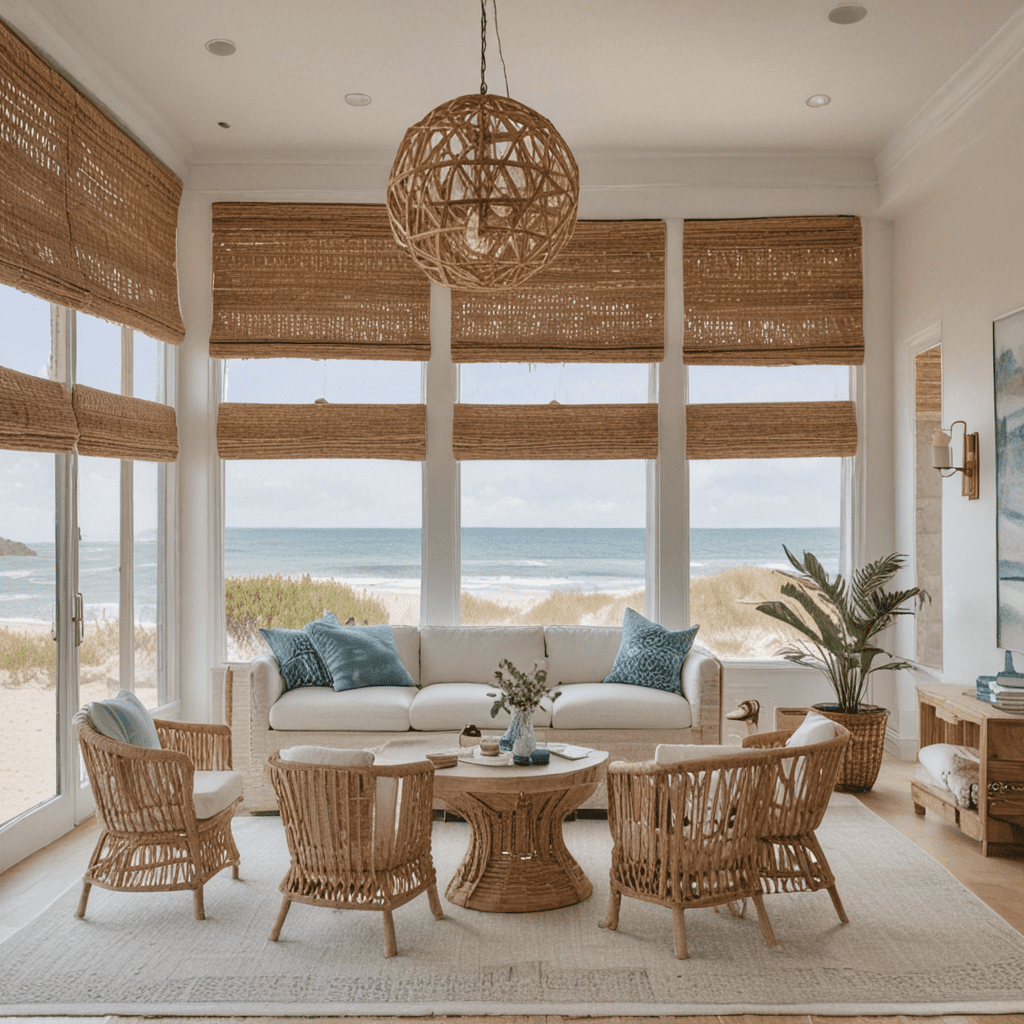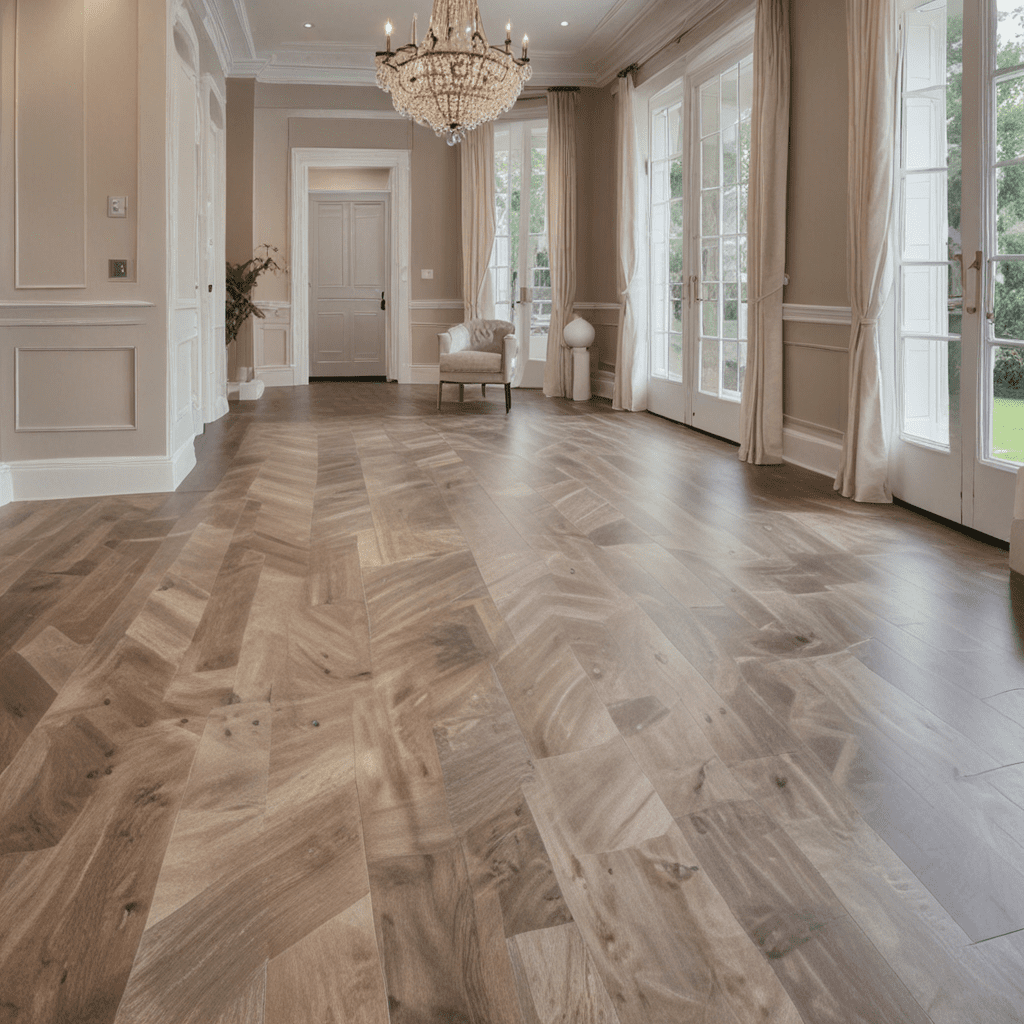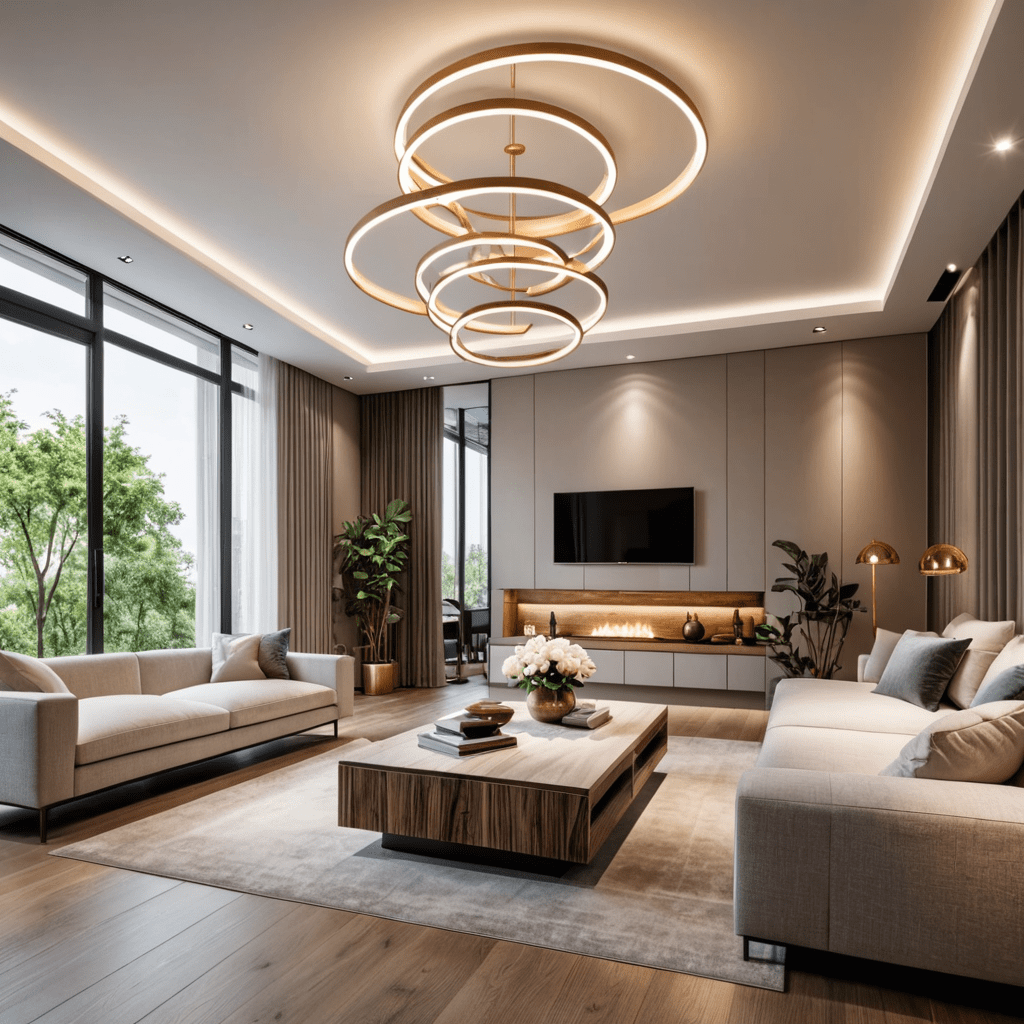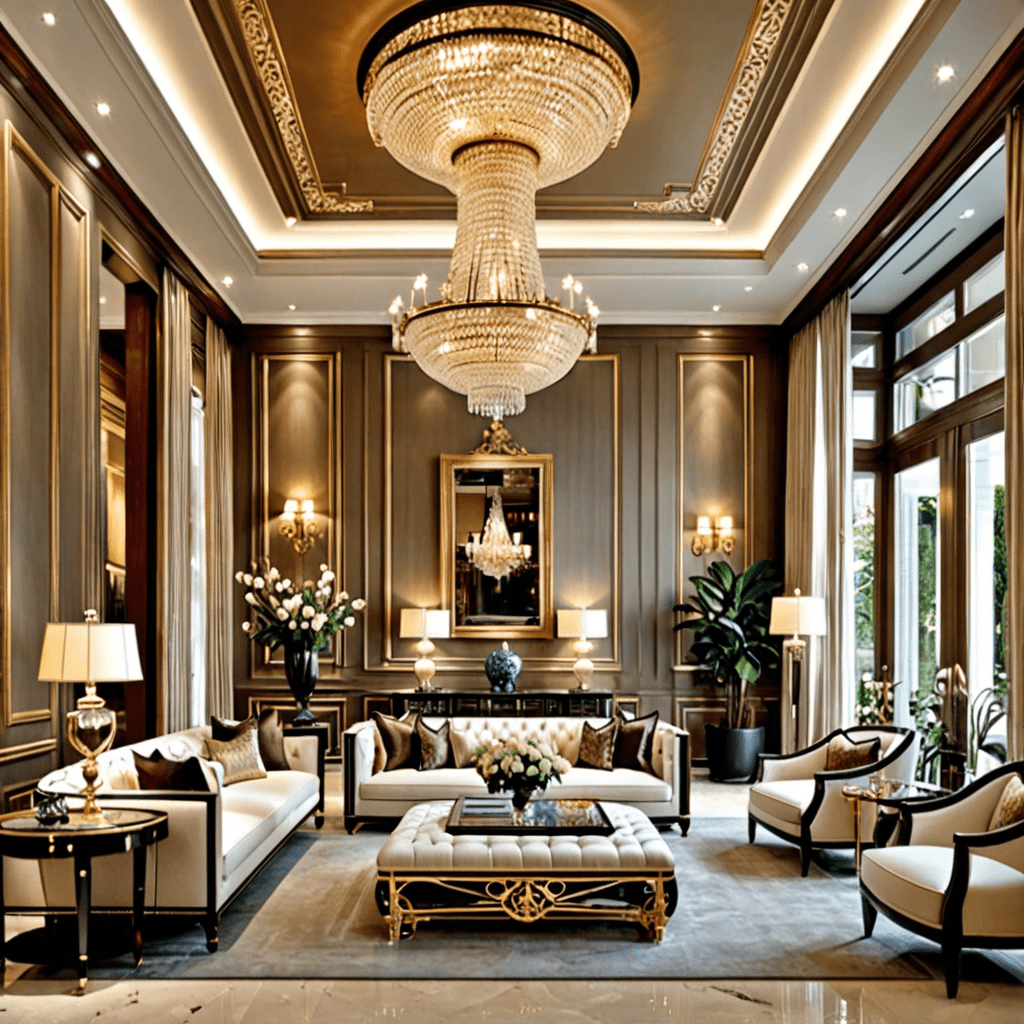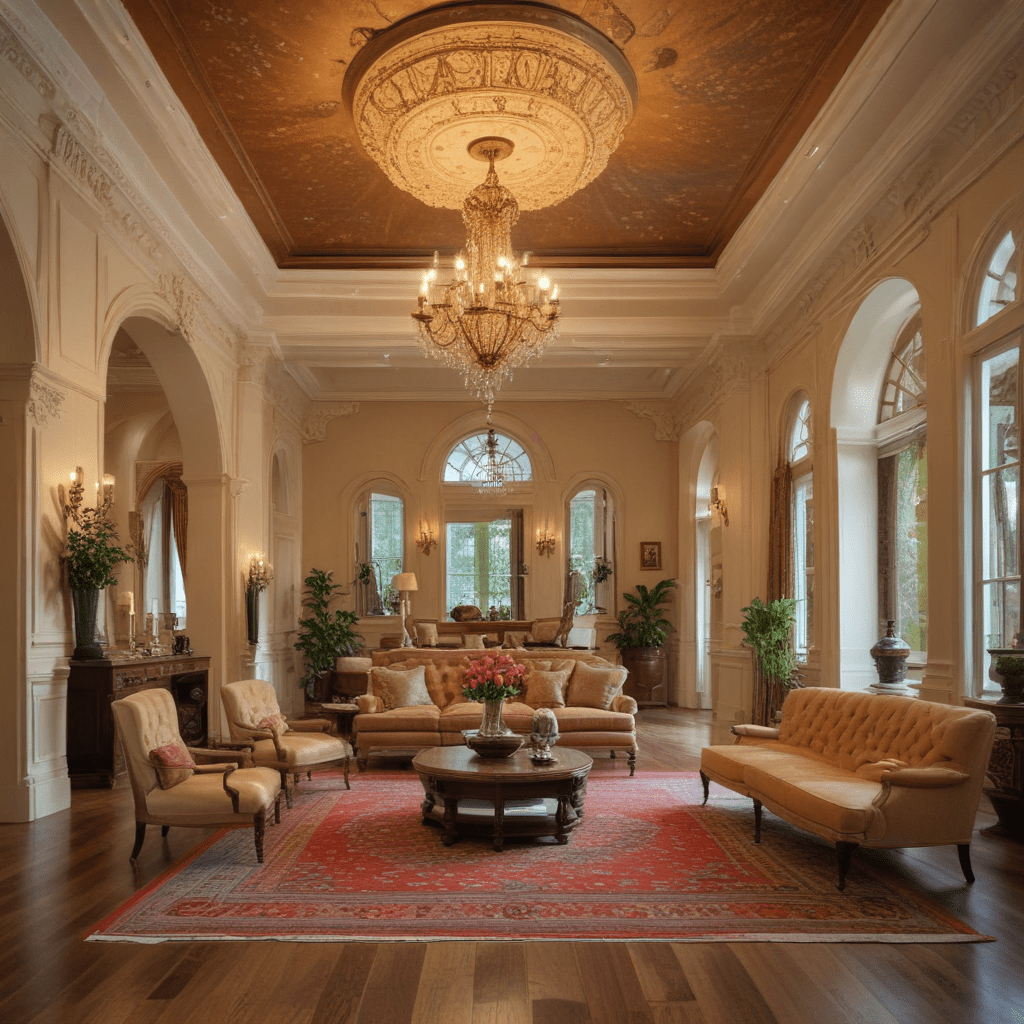Interior Design Trends in New Orleans
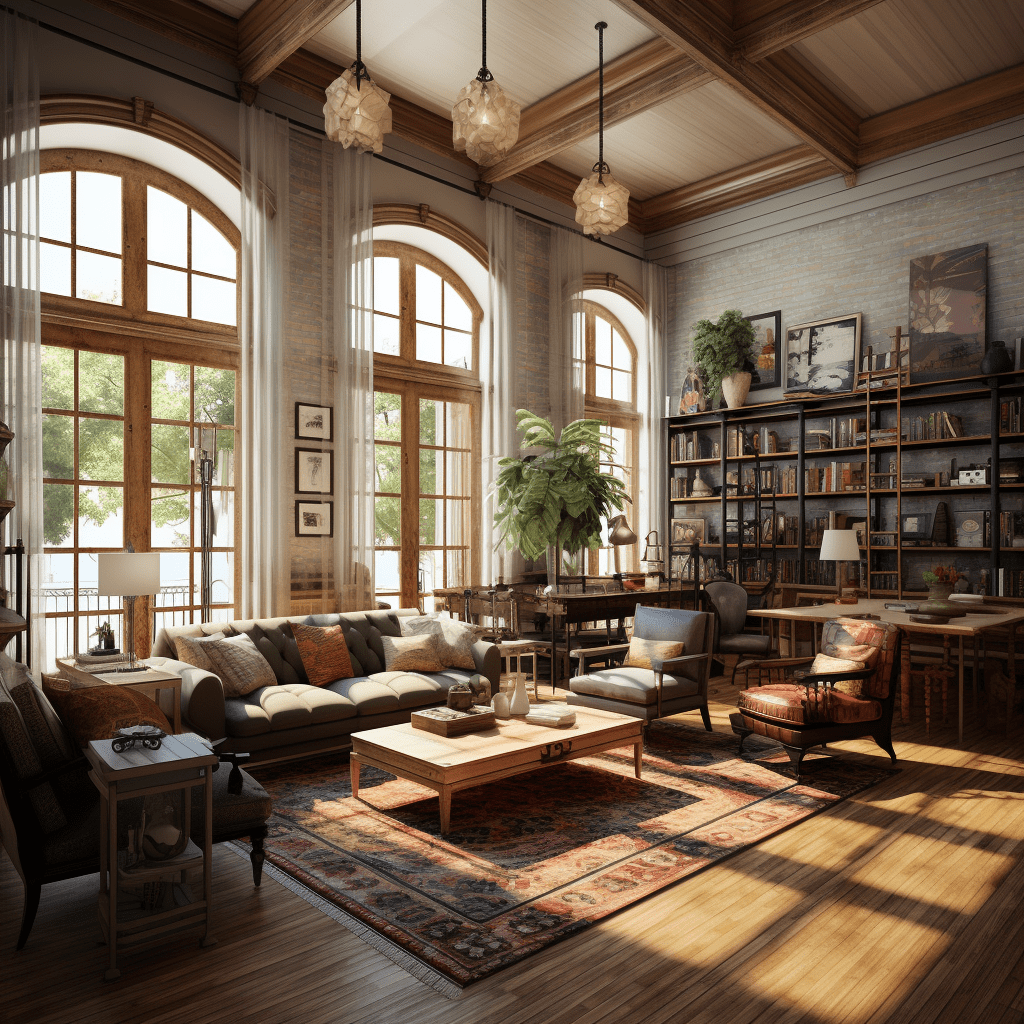

6 Essential Interior Design Trends in New Orleans
New Orleans, the vibrant city known for its rich culture and history, is also home to a booming interior design scene. From historic Creole cottages to contemporary loft spaces, the city offers a diverse range of design styles. Whether you’re a local resident looking to revamp your home or a visitor seeking inspiration, here are six essential interior design trends in New Orleans.
1. Eclectic Mix of Old and New
New Orleans is renowned for its architecture, which is a captivating blend of old-world charm and modern influences. This unique combination is often reflected in the city’s interior design. Many design enthusiasts in New Orleans embrace an eclectic mix of old and new elements, combining antique furniture and vintage accents with contemporary finishes. This approach creates a sense of history and character while promoting a fresh and vibrant aesthetic.
2. Vibrant Colors and Patterns
In a city known for its lively festivals and colorful architecture, it’s no surprise that vibrant colors and patterns are popular in New Orleans interior design. From bold hues like vibrant blues and greens to mesmerizing patterns inspired by Mardi Gras, designers in the city embrace joyful and energetic elements. Incorporating these vibrant colors and patterns into your home can instantly uplift the space and infuse it with the spirit of New Orleans.
3. Nods to French and Creole Heritage
With its French and Creole roots, New Orleans interiors often pay homage to the city’s heritage. From French-inspired furniture to Creole-inspired architectural details, these nods to the past add a touch of elegance and sophistication to any space. Incorporating wrought iron accents, antique mirrors, and ornate chandeliers are just a few ways to infuse a sense of French or Creole heritage into your New Orleans home.
4. Tropical and Botanical Elements
New Orleans’ subtropical climate and lush greenery inspire many design choices in the city. Integrating tropical and botanical elements into interior spaces creates a fresh and inviting atmosphere. Think large leafy plants, botanical wallpapers, and natural textures like rattan and bamboo. These touches bring the vibrant spirit of New Orleans’ outdoor landscapes into your home, creating a relaxing and calming ambiance.
5. Embracing the Quirky and Unique
New Orleans is a city that celebrates individuality and embraces the quirky and unique. This sentiment is also reflected in the city’s interior design. Designers in New Orleans often encourage clients to incorporate personal mementos and one-of-a-kind pieces into their homes, creating spaces that feel personalized and full of character. Whether it’s a collection of vintage musical instruments or a display of local artwork, embracing the quirky and unique adds a touch of soul to New Orleans interiors.
6. Indoor-Outdoor Living
Given the city’s mild climate, many New Orleans homes feature a seamless connection between indoor and outdoor spaces. Designing interiors that effortlessly transition to outdoor areas is a popular trend in the city. Large sliding doors, expansive windows, and inviting outdoor lounges are common elements in New Orleans interior design, allowing residents to enjoy the city’s beautiful weather year-round and create a sense of openness and connectivity in their homes.
Frequently Asked Questions (FAQ)
Q: Can I combine multiple interior design trends in my New Orleans home?
A: Absolutely! One of the exciting aspects of New Orleans interior design is the freedom to blend different styles and elements. Feel free to mix and match trends that resonate with you, creating a unique and personalized space that reflects your individuality.
Q: How can I find an interior designer in New Orleans?
A: There are several resources to help you find an interior designer in New Orleans. You can search online directories, read reviews, or ask for recommendations from friends and neighbors who have worked with designers in the city. Additionally, attending local design fairs and events can be a great way to meet and connect with talented designers in New Orleans.
Q: Is it necessary to hire an interior designer for my New Orleans home?
A: While it’s not necessary to hire an interior designer, working with a professional can greatly enhance the design process and help you bring your vision to life. Designers have the knowledge and expertise to maximize your space, source unique furniture and decor, and create a cohesive and well-designed interior that reflects your style and meets your needs.
Q: How can I incorporate New Orleans’ history into my interior design?
A: To incorporate New Orleans’ rich history into your interior design, consider using architectural elements like reclaimed wood, exposed brick, or decorative moldings. Antique furniture, vintage photographs, and artwork inspired by the city’s culture can also infuse a sense of history into your space. Additionally, paying attention to local design styles, such as French or Creole influences, can help capture the essence of New Orleans’ unique heritage.
Q: Are there any local stores in New Orleans that specialize in home decor?
A: Yes, New Orleans is home to a variety of local stores that offer unique and eclectic home decor. Magazine Street is known for its numerous shops that cater to home design, ranging from antique stores to modern furniture boutiques. Additionally, the French Quarter and Warehouse District also offer a selection of stores specializing in home decor and interior design.
Q: Can I incorporate sustainable design practices in my New Orleans home?
A: Absolutely! Sustainable design practices are becoming increasingly popular and can easily be incorporated into New Orleans interior design. Consider using eco-friendly materials, investing in energy-efficient appliances, and incorporating renewable energy sources like solar panels. Additionally, supporting local artisans and furniture makers who prioritize sustainable practices can also contribute to a more environmentally conscious design approach.
